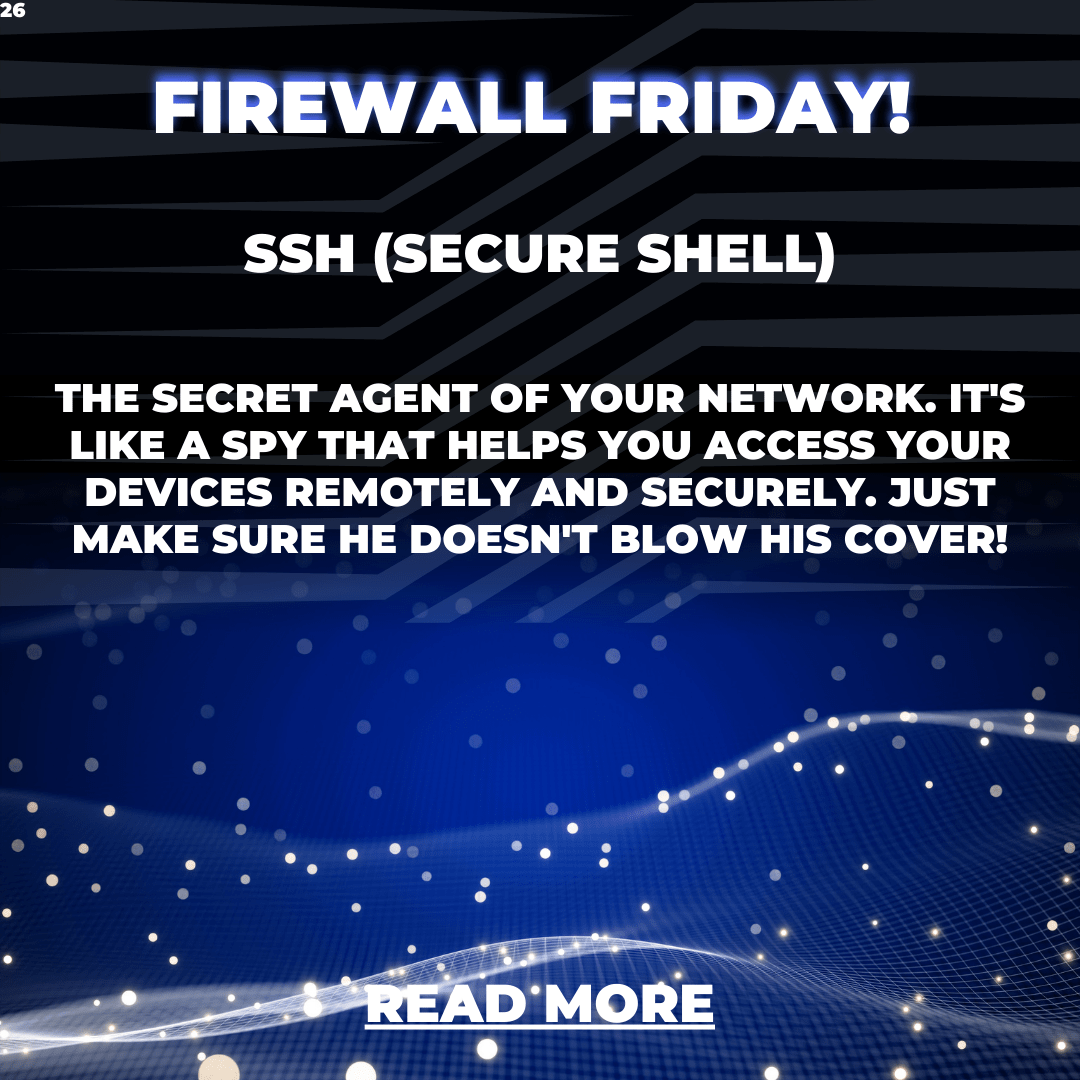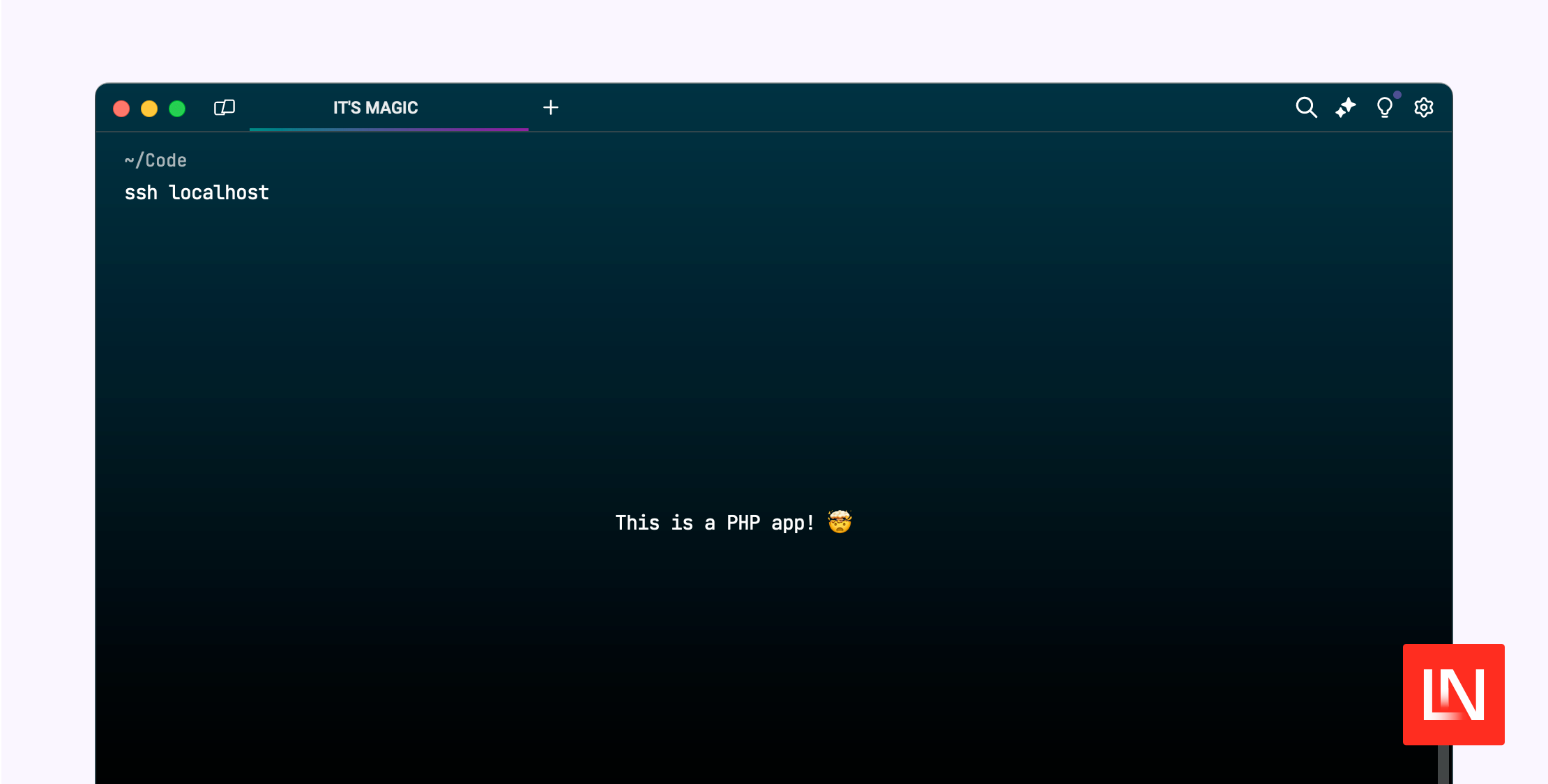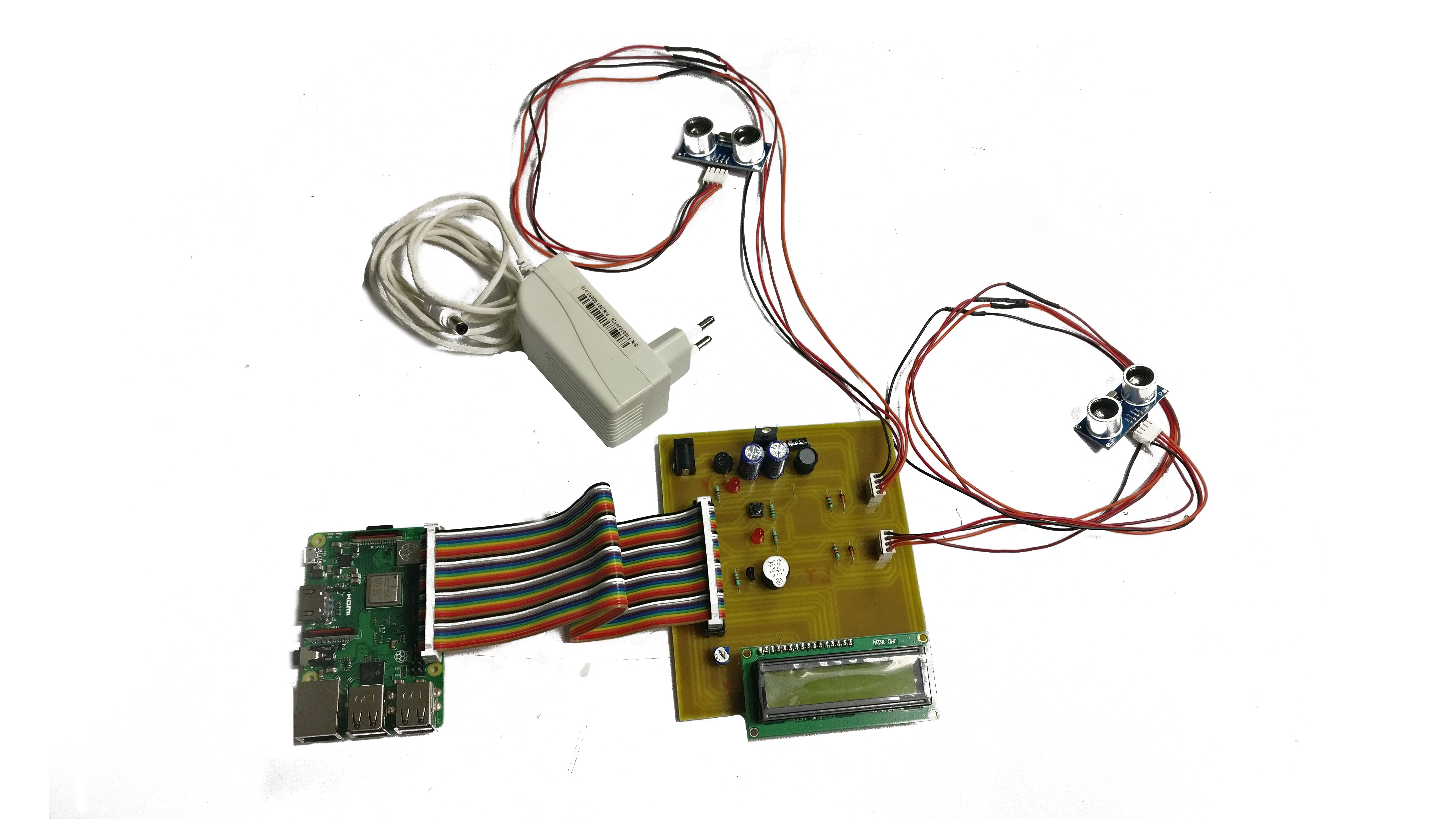It can feel a bit frustrating, can't it, when you're trying to get something done online, perhaps downloading a file you really need, and your computer or browser just puts up a wall? You might find yourself wondering why your web browser is doing things you don't want it to, especially when it comes to getting files from the internet. It's almost like there's no easy way to turn off some of these security features, even if you try to adjust settings in a few different places, which can mean clicking through several steps just to get a file you trust.
This situation often pops up when you're dealing with important papers, like scans of your tax documents, or trying to update a piece of software. You might have made these scans, say, without putting them into a protected folder first, or you're simply trying to grab an update for a program, and then your browser decides to block the download because it thinks the source might not be safe. It's a common worry for small businesses, too, when clients need to send over private financial records or other sensitive items, and you want a truly safe way for them to get those documents to you, perhaps into your cloud storage.
So, how do we make sure our important files move around safely, especially when they are going to or from remote spots, or when we need to share them directly with another party? We're talking about making sure those downloads and uploads happen without a hitch, keeping everything private and sound. This is where thinking about ways to connect that are truly private, like using a direct, protected pathway for data, comes into play. It helps keep things tidy and gives you more peace of mind, too.
- Christopher Larocca Daughter
- Rupert Grint Girlfriend
- Johnny Depp Nephew
- Joanna Garcia
- Finaljeopardy Answer
Table of Contents
- Why Do Downloads Get Blocked Sometimes?
- Keeping Your Files Private When You Securely Connect Remote IoT P2P SSH
- Sending Important Papers – How Can Clients Securely Connect Remote IoT P2P SSH?
- What Makes a Connection Safe for Securely Connect Remote IoT P2P SSH?
- Dealing with Old Security Settings When You Securely Connect Remote IoT P2P SSH
- Is There a Better Way to Share Large Files When You Securely Connect Remote IoT P2P SSH?
- The Feeling of Losing Control When You Securely Connect Remote IoT P2P SSH
- Getting Your Files Where They Need to Go When You Securely Connect Remote IoT P2P SSH
Why Do Downloads Get Blocked Sometimes?
Many folks find themselves scratching their heads when their web browser decides to block a download they know is fine. It’s a bit like having a helpful friend who is a little too cautious, apparently. Your browser, like Microsoft Edge, might stop a file from coming onto your computer if it thinks the place it’s coming from isn't completely safe. This can happen even if you’re trying to get an update for a program you use all the time, say, from version 9.1.2 to 9.1.3 of something like RoboForm. You try to download the setup file, and the browser just stops it, which is rather annoying.
This protective action is meant to keep you safe from bad things on the internet, which is good in some respects. But, when it blocks something you genuinely need, it can feel like a hassle. You might have gone into your browser settings, and even the general security settings on your computer, to try and allow these kinds of downloads. Yet, you still find yourself needing to click several times, sometimes four clicks, every single time you want to download a file. It really makes you wonder if there's a simpler path to securely connect remote IoT P2P SSH, or just any file for that matter.
The core idea behind these blocks is to prevent harmful software from getting onto your machine. However, the way it's put into practice can sometimes make things difficult for regular people trying to do regular things. It’s almost as if the system is set up to assume the worst, even when you know better. So, finding a way to get around these blocks, especially for things you trust, becomes a real point of interest. It's about finding a way to tell your system, "Hey, this one is okay," without having to jump through hoops constantly.
Keeping Your Files Private When You Securely Connect Remote IoT P2P SSH
When you're dealing with important personal papers, like those tax documents you've just scanned, the thought of them floating around unprotected can be a little unsettling. It's a common situation to scan something quickly and then realize you haven't put it into a protected spot right away. This is where the idea of making sure your files are safe from the very start becomes very important. It’s about creating a safe space for your digital belongings, so they don't end up in the wrong hands, you know?
For businesses, this concern grows even bigger. Imagine you use a system like SharePoint to keep your customer files. You want to be able to let your clients send you their financial papers, which often contain very private details, in a way that feels completely safe. Sending them an email with a link for them to upload these documents needs to be something you can trust completely. It’s not just about getting the file; it’s about making sure the journey the file takes is protected every step of the way, so that you can securely connect remote IoT P2P SSH, or any other important document.
This need for privacy extends to how files are stored, too. If you’re asking clients to upload their sensitive papers to your cloud storage, like a OneDrive account, you need to be sure that method is as safe as possible. It’s not just about the moment of upload, but also about how that file is handled once it arrives. The goal is to build a system where both you and your clients feel good about the safety of the information being shared, which is a rather significant part of doing business these days.
Sending Important Papers – How Can Clients Securely Connect Remote IoT P2P SSH?
For a small business, getting sensitive papers from clients is a regular thing. Think about all those financial statements, identity proofs, or other private documents that need to change hands. The big question often becomes: what’s the best way to do this so everyone feels safe? You want a method that’s not just easy for your clients to use, but also gives you complete peace of mind that the information is protected, you know, when you need to securely connect remote IoT P2P SSH, or any other sensitive information.
Some businesses use tools like Office 365, which has capabilities for sharing. But when you need to share a really big confidential file between two companies, and do it regularly, the usual methods might not feel quite right. You start to wonder if just putting a password on the file is enough. It’s a good step, perhaps, but does it cover all the bases? What if the file is intercepted before it gets to the other company? These are the kinds of worries that pop up when you're responsible for keeping private data safe.
The need for a truly secure way to get files from one place to another, especially from a client’s computer to your business, is a big one. It’s not just about avoiding browser blocks; it’s about creating a trusted pathway. This is where exploring methods that offer a more direct, encrypted link can be very helpful. It’s about moving beyond the standard email attachment and finding something that offers a higher level of protection for those very important exchanges. It’s almost like having a private delivery service for your digital items.
What Makes a Connection Safe for Securely Connect Remote IoT P2P SSH?
When we talk about a "safe connection," what do we really mean? It’s about making sure that when information travels from one computer to another, no one else can peek at it or change it along the way. Think of it like sending a very private letter in a sealed envelope, but for your digital files. Sometimes, though, you might run into a message saying, "Can’t connect securely to this page." This happens because the website might be using older ways of protecting information, or its security settings aren’t set up the way they should be, which is a bit of a problem.
These older ways of doing things, like outdated TLS security settings, are like using an old, flimsy lock on a very important door. They just don't offer the kind of protection needed today. If your computer’s security settings aren’t set to the usual safe defaults, that can also cause issues. You might find yourself asking the same questions over and over, trying to figure out why you can't get to a page you need. It’s really about the digital handshake between your computer and the website, and if that handshake isn’t firm and trusted, the connection won't happen.
When you see these kinds of warnings, it means the pathway for your data isn't as protected as it could be. It's a sign that the site might not be using the most up-to-date methods to keep your information private. If this keeps happening with a particular site, the advice often given is to reach out to the website’s owner. It’s a way of saying, "Hey, your digital lock needs an upgrade!" This is all part of the bigger picture of how to securely connect remote IoT P2P SSH, or any other online resource, with confidence.
Dealing with Old Security Settings When You Securely Connect Remote IoT P2P SSH
It’s a pretty common experience to try and visit a web page only to be met with a message saying you can’t connect safely. This often points to the site using older or less secure ways of handling its connection. These are sometimes called outdated or unsafe TLS security settings. It's a bit like trying to use an old, out-of-date key for a very modern lock, which just won't work, you know? Your computer wants to make sure the digital conversation is private and protected, and if the site isn't up to snuff, it raises a red flag.
Your own computer’s security settings also play a part here. If your TLS security settings aren’t set back to their usual, safe ways, that can cause problems too. It's a two-way street, really. Both sides of the connection need to agree on how to talk safely. If one side is using an old language, the conversation just won't happen. This can be very frustrating, especially when you're trying to get to a site you use regularly, and it suddenly stops working. It's about making sure your connection is truly ready to securely connect remote IoT P2P SSH, or any other resource.
When these issues pop up, it’s a sign that the digital path between you and the website isn’t as strong as it should be. It means that the information you send or receive might not be as private as you’d like. It’s a reminder that keeping up with security changes is important, not just for the websites you visit, but for your own computer too. Sometimes, a simple check of your own settings can make a big difference in getting those connections to work properly and safely.
Is There a Better Way to Share Large Files When You Securely Connect Remote IoT P2P SSH?
Sharing big, private files between different companies, especially when it needs to happen often, can be a real headache. You might be using something like Office 365, which has many features, but for those truly sensitive, large documents, the usual methods might not feel quite secure enough. The question often comes up: should the company sending the file put a password on it? While that's a decent step, it might not be the complete answer to keeping everything truly safe when you need to securely connect remote IoT P2P SSH, or any other large file.
The worry is always about who might see the file while it’s on its way. A password helps protect the file once it’s received, but what about the journey itself? This is where thinking about more direct, protected ways to move data becomes very helpful. Imagine a private, dedicated tunnel for your files, where only the sender and receiver can access what’s inside. This kind of setup can offer a much greater sense of security than simply attaching a file to an email, even if it's password protected.
For regular exchanges of important information, having a method that feels truly dependable is key. It’s about building trust in the way you share information. This is why some people look into solutions that create a direct, encrypted link between two points. It takes away some of the worry about who might be listening in or if the file could be changed while it’s moving. It's about making sure your important data gets to its destination without any unexpected detours or unwanted eyes.
The Feeling of Losing Control When You Securely Connect Remote IoT P2P SSH
It’s a very common feeling to be annoyed when your computer or browser starts doing things you didn’t ask it to do. You might feel like you’ve lost a bit of control over your own machine, which is rather frustrating. When your browser constantly blocks downloads, even after you’ve tried to turn off these features in various settings, it can feel like there’s no way to truly manage what’s happening. You find yourself having to click through several steps, sometimes four clicks, just to get a file you want, every single time.
This kind of experience can lead to a lot of exasperation. You might have gone into the browser settings, and then into the general security settings on your computer, thinking you’ve sorted it out. But then, the next time you try to download something, the same old block pops up. It makes you wonder if there’s a secret setting you’re missing, or if the system is just designed to be overly cautious, even to the point of being a nuisance. It's about feeling like you can't simply and securely connect remote IoT P2P SSH, or just any file you want.
The desire for more control over your own digital environment is a very real one. You want to be able to make decisions about what comes onto your computer, especially when you know the source is trustworthy. This frustration highlights the need for solutions that give users more say in how their data moves and how their systems behave. It's about finding a balance between protection and practical usability, so you don't feel like your computer is working against you.
Getting Your Files Where They Need to Go When You Securely Connect Remote IoT P2P SSH
The main goal, really, is to get your files from one place to another without any fuss and with complete safety. Whether it's those tax documents you scanned, or important customer files, the journey of that data matters a lot. You want a way for clients to send you their private financial papers that feels completely dependable, perhaps through a link or an email that leads to a secure upload spot. It’s about making sure that the process of sending and receiving information is smooth and worry-free, so you can securely connect remote IoT P2P SSH, or any other document.
For small businesses, this is especially true when clients need to send sensitive papers. You need a method that lets them upload these documents to your cloud storage, like a OneDrive account, with confidence. It’s not just about avoiding those annoying browser blocks; it’s about having a system that you know is built for privacy and protection from the ground up. This means looking beyond the usual ways of sharing and considering options that offer a more direct and protected channel for data movement.
Ultimately, it comes down to having reliable ways to manage your digital information. From making sure your browser doesn’t block legitimate downloads to finding the best way to share large, confidential files between companies, the need for secure connections is always there. It’s about building trust in your digital interactions and making sure that your important files always reach their destination safely and privately, giving you peace of mind in your daily operations.
Related Resources:



Detail Author:
- Name : Suzanne Berge
- Username : efrain95
- Email : marquardt.hester@yahoo.com
- Birthdate : 1989-09-24
- Address : 40398 Goldner Skyway Paucekstad, CO 98197-4636
- Phone : 1-573-913-5512
- Company : Graham, Effertz and Effertz
- Job : Cutting Machine Operator
- Bio : Repellendus a quo ipsa est ut. Velit pariatur repellendus explicabo aperiam aut repellat quo. A eos nam omnis. Aut voluptatem inventore dignissimos atque.
Socials
tiktok:
- url : https://tiktok.com/@oberbrunner1981
- username : oberbrunner1981
- bio : Qui rem harum fuga veritatis. Praesentium debitis consectetur qui inventore.
- followers : 4848
- following : 2806
instagram:
- url : https://instagram.com/kyra9155
- username : kyra9155
- bio : Aut at exercitationem sequi quisquam magnam deserunt omnis. Aut aut voluptatem vel suscipit quidem.
- followers : 514
- following : 1607
facebook:
- url : https://facebook.com/kyra_oberbrunner
- username : kyra_oberbrunner
- bio : Nobis doloremque facilis qui nemo. Illum quod veritatis soluta itaque est.
- followers : 6567
- following : 725